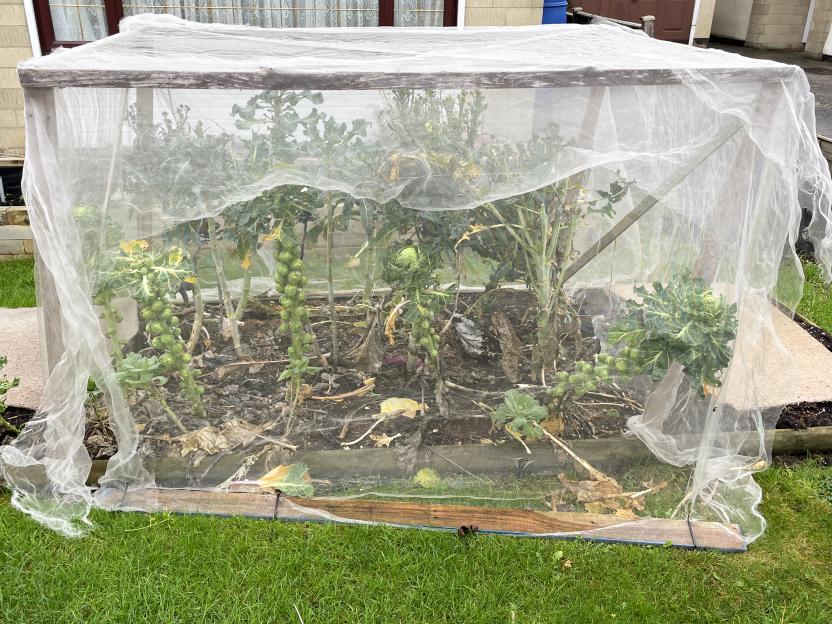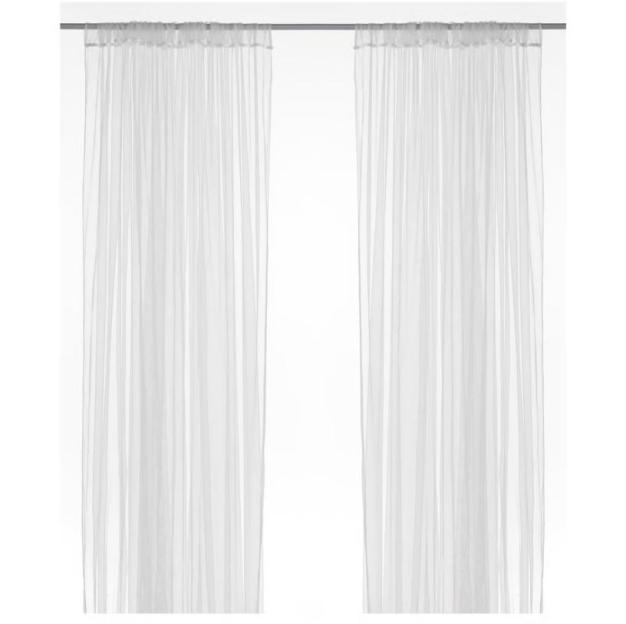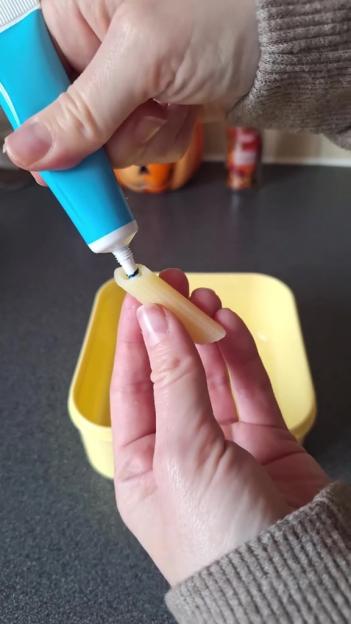SUMMER is sadly coming to a close soon and it’s time to start thinking about protecting our outdoor plants in the winter months.
One savvy gardener shared her creative, but budget hack to make sure her plants stay safe from frost and nasty pests, all while continue to grow healthily.
 An amateur gardener shared her budget hack to keep her plants protected in winter
An amateur gardener shared her budget hack to keep her plants protected in winter
 She said she used these £4 curtains from Ikea to put over her plants
She said she used these £4 curtains from Ikea to put over her plants
 The curtains are part of the Lill range and can be bought online or in store
The curtains are part of the Lill range and can be bought online or in store
Plants are not immune to the cold and certain plants such as vegetables, can do with being covered in winter to keep the soil most so they can keep growing.
Whether you’re a green-fingered veteran or new to the gardening scene, you can’t go wrong with this item ahead of the winter months.
An amateur gardener explained that she spends just £4 at Ikea to make a garden cloche to cover her plants.
Ikea garden hack
The TikToker who goes by Jo The Tomato Girl showed off her Ikea haul and how she got creative with cheap buys for her small garden in London.
Jo also explained: “I also have some £4 curtains that I use as a cloche on my spinach and lettuce to protect from leaf miners.”
The curtain in question comes from Ikea’s Lill range and is a net material that measures at 280x250cm, it can be bought online or instore.
In outdoor gardens, cloches are used to cover plants while offering protection from things like harsh weather, and pests.
They can also be used to create a warmer climate that will nurture germinating seeds and young plants in colder weather.
Put your plants ‘to bed’
Professional gardener, Lucy Wren, explained why it’s important to keep your plants protected from the elements.
“People spend time feeding, pruning and watering, but they often forget about thermal protection,” she explained to The Sun.
“As the sun sets, the temperature drops rapidly, and plants lose heat fast.”
Lucy added: “If you cover them at the right time — just as the sun goes down — you help trap in the warmth they’ve stored all day.”
She recommended getting into the habit of “putting your plants to bed” every night.
“It’s one of the easiest ways to encourage healthier, more resilient growth,” Lucy said.
Lucy said that using breathable fleece or cloches that insulate but still allow airflow are the best options.
Gardening mistakes that could get you fined
Gardening experts over at Toolstation have revealed the garden laws you need to be aware of not breaking.
While some of these laws could land you with a fine of up to £20,000 in extreme cases, a friendly chat with your neighbours can usually resolve any issues.
Tree removal and pruning: If you have a tree in your garden you want to get rid of you better think twice and do your research.
The gardening experts reveal: “If one neighbour wishes to remove or heavily prune a tree that the other neighbour values, disputes can arise over the impact on the view, shade, or privacy. “
While it might cause a row, if it is in your property boundary it is ultimately your choice, unless it has a Tree Protection Order on it.
“But, some trees may be protected by a Tree Protection Order which makes it an offence to uproot, top or destroy them, the experts warn.
The maximum fine for breaking this law is £20,000, so make sure you double check if it does have a TPO.
You can find out by contacting your local council for a map that shows this information. Alternatively, you can ask to speak with your local tree officer.
Property boundaries and fences: One of the main causes of neighbours falling out is through arguing over property boundaries and fencing.
To avoid this situation, the gardening pros recommend checking the deeds of your property to determine the correct boundaries
“Most of the time, it’s easy to determine who owns the fence as the fence posts will usually be on the owners side,” they add.
“Additionally, the height of fences or hedges can cause disputes between neighbours if one party feels the height has exceeded the two metre guidance.
“Hedges and fences should be no more than two metres high, and you could be asked by the council to take them down if a neighbour complains about the height.
“Luckily, standard fence sizes are less than two metres tall so you shouldn’t have a problem.”
Garden structures and additions: A pergola is the perfect addition to a garden if you want somewhere to relax in the shade.
But if it obstructs your neighbour’s view or violates local building regulations it could cause a dispute, as can sheds and other garden structures.
“If you’re not sure, have a chat with your neighbours to let them know what you’re planning and, if there’s an issue, get in touch with your local council who can give you more guidance,” advise the gardening experts.
Overhanging branches and plants: “When branches, vines, or roots from one neighbour’s tree or plant extend into the neighbouring property, it can lead to disagreements over potential damage to structures, blocked views, or the burden of maintenance,” reveal the pros.
However, it’s important to note you can only trim overhanging branches up to the boundary of your property otherwise, it could be seen as trespassing.
You can climb into the tree to carry out the work if needed, but only on your property and make sure to stay on your side of the fence if you don’t have permission to enter your neighbours garden.
“You don’t want to suffocate the plant — just help it retain the warmth and moisture it already has,” she added.
The benefits of covering plants are plentiful from reducing overnight heat loss by up to 45 percent, encouraging the best growth in spring time and protecting plants from harmful pests and animals.
It also shield plants from wind damage, preserves moisture in the soil by reducing overnight evaporation and protecting plants from heavy rain or early morning sunlight.
 Ikea has plenty of affordable items to keep your garden looking great
Ikea has plenty of affordable items to keep your garden looking great







